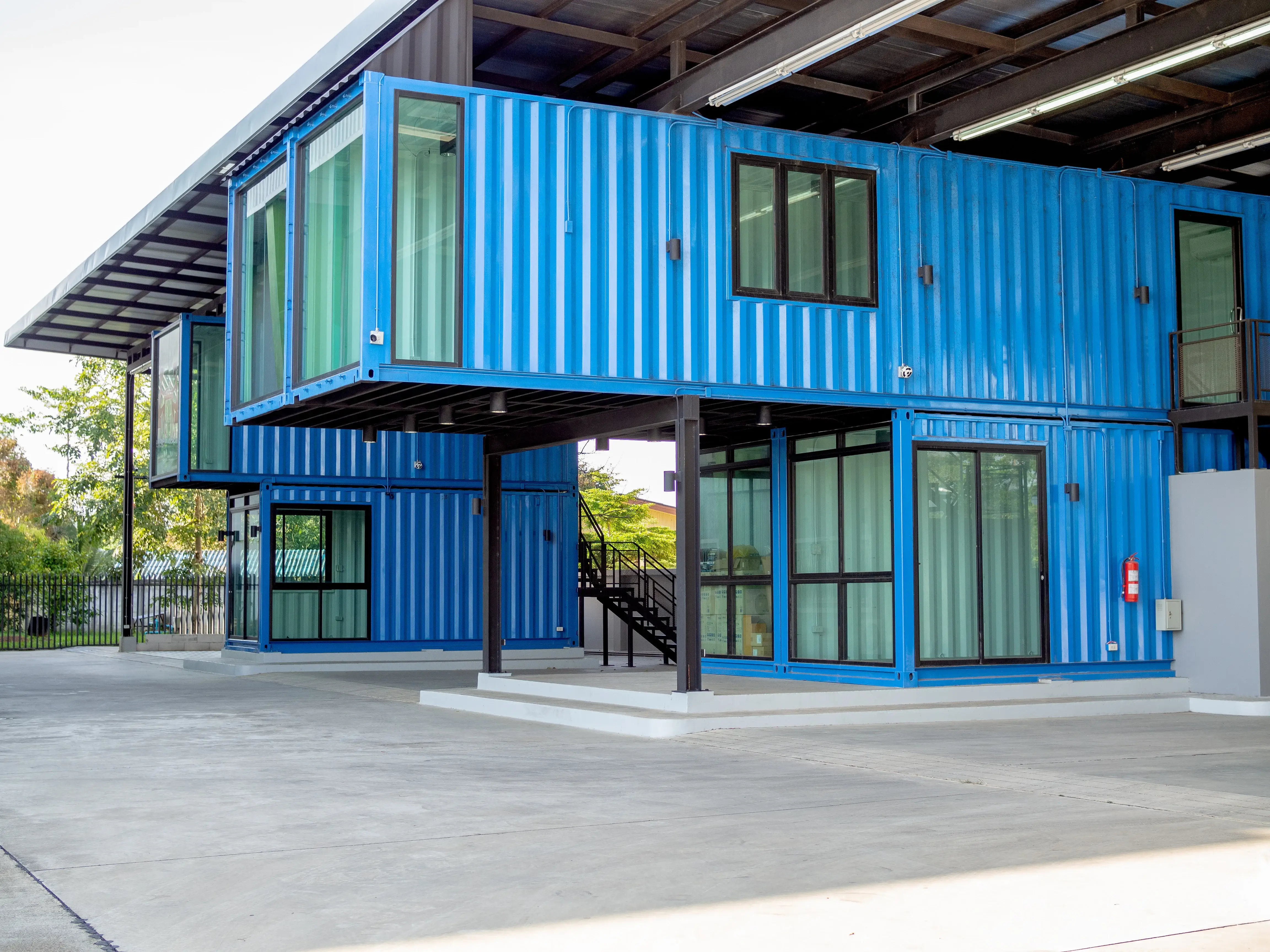Let’s Stop this Madness…Valuable Resources should be used, not Buried
If you’re looking for a pre-Christmas outing in London (snow permitting), you could do worse than make your way to Room 55 of the British Museum: to the Babylonian Gallery, to be precise, where you’ll find some exquisite, brightly enamelled ceramic tiles, locked together into an intricate image of the soldiers who used to guard King Hammurabi 4,000 years ago. They’re among the most important cultural artefacts you’ll find anywhere in the world, but they were actually made to be buried deep within the foundations of the King’s palace.
Nobody was ever meant to see them, and even by Babylonian standards, that was a world-class extravagance. So too, the hugely extravagant bee hive and funereal monuments created for the Royal Kings of Mycenae (three and a half millennia ago): they took years to create but were then promptly buried out of sight.
We’re glad they did it because now we get to see them on a pre-Christmas outing: but it’s sure as heck no way to put up a building.
So you’d have thought modern construction companies would have learned at least something from the extravagances of Babylon and Mycenae…don’t waste valuable assets for a start, and don’t bury them out of sight, and especially don’t do it when those assets are more valuable and precious than ever. You’d have thought they’d have learned that lesson by now…but they haven’t.
Modern dinosaur contractors (that may sound like an oxymoron…but most of them are), modern dinosaur contractors are, bar none, responsible for the highest levels of waste on the planet. They’re well and truly in a class of their own, with an appetite for profligacy that would make even Hammurabi and Agamemnon weep. And just like Agamemnon and Hammurabi, when they are done with their extravagant, wasteful works…well, when they’re done with them, they bury them.
It's Mostly About Landfill…A Truly Shocking Record
90% of the total waste generated in the United States today, is derived from construction projects, and the situation is more or less the same across the globe (the United States certainly isn’t an outlier). To a large extent, that comes down to ordering steelwork, cabling and pipes and then forgetting where you put them as the building site turns into a sea of mud. But mostly, it’s about the landfill because construction waste is notoriously difficult to recycle: all that bent and rusted steel, broken pipework, and bricks clogged thick with mortar, not to mention hazardous items like fluorescent lights, batteries, and electrical units.
Those old-fashioned dinosaurs won’t recycle any of that: because it’s too expensive, so they send them off to landfill sites for burial… and I doubt their detritus will find any sort of home in a museum four thousand years from now.
Bearing in mind the chill realities our precious planet is currently facing by way of sustainability and global warming challenges, that’s a truly shocking record…on any basis.
It Doesn’t Have to be This Way
But, of course, it doesn’t have to be this way…building with Modular Technologies comes sustainably free of this burial culture because prefabricated units can be easily recycled, often to be used in another successor building: and energy usage throughout the modular construction process is also 30% lower than anything its dinosaur counterparts can deliver, which means we might just have a planet we can still live on four thousand years from now. And modular construction is 30% less expensive, too, when it comes to the bottom line (www.mckinsey.com), which can also make for a better life today.
Executive Overview
Those who forget the lessons of history are usually doomed to repeat them… that’s something the construction sector needs to take notice of.







.jpg)

Leave a Reply